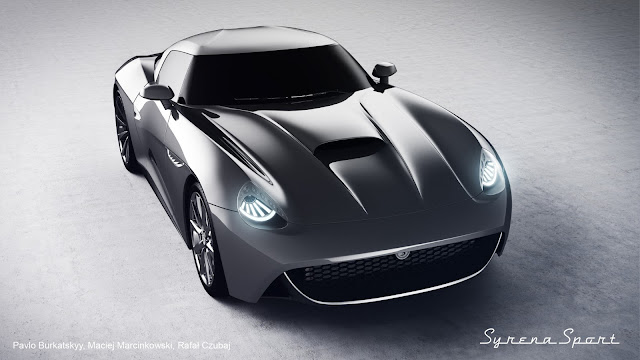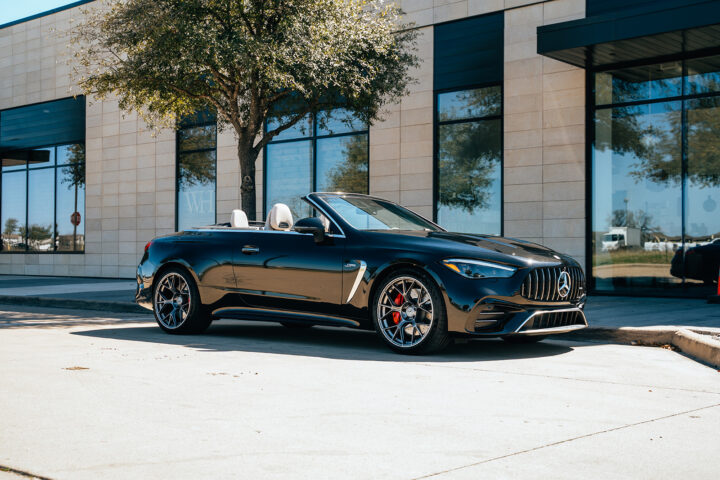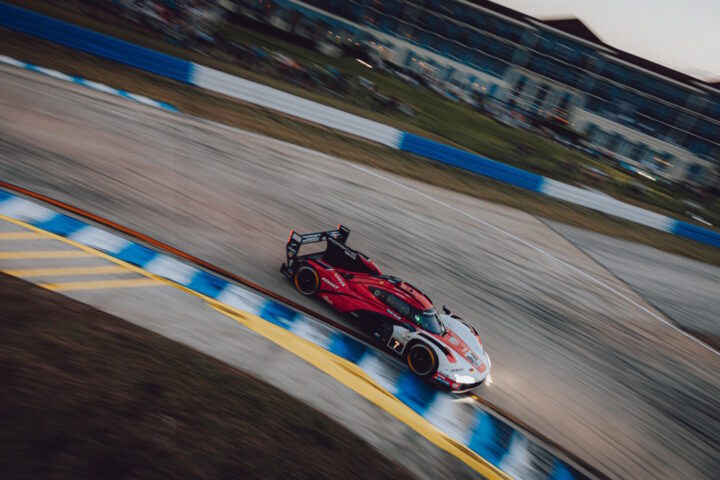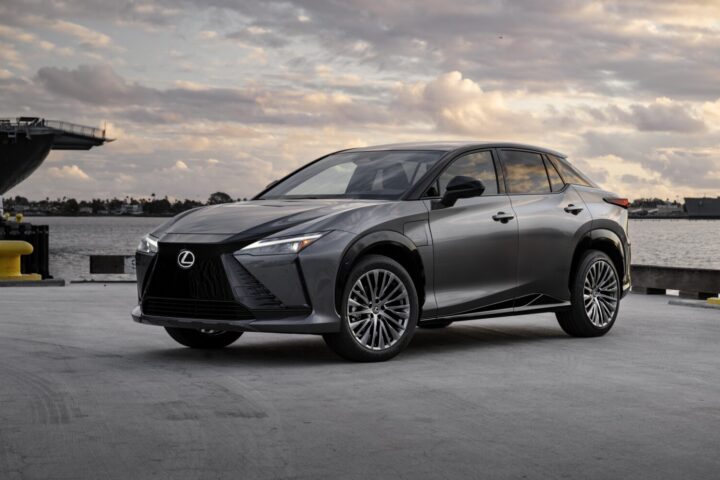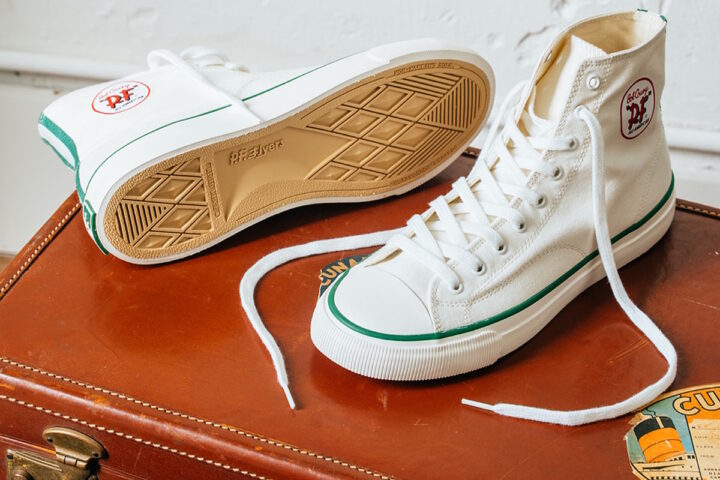The Government Approved Syrena
The prototype was made of wood and covered with what is described as leather-like bodywork. But early testing proved that the wood/leather combination was not going to work. So they decided to combine a steel body prototype with a wooden roof (this was in 1953) and after the prototype crashed they discovered that an unenforced wooden roof did not hold up well under rollover conditions. So a steel roof was fitted and the first all-steel prototype was shown in 1955. It would take another two years to get the first Syrena to roll off the line, but the line cranked out an average of over 20,000 Syrenas a year. All told over 521,311 of the Syrena were built behind the iron curtain from 1957 to 1983.
The trouble with car guys is that they like to build sports cars, and those types of aspirations are frowned upon in communist countries. The story goes that the story says that the Prime Minister or the First Secretary personally killed the project. So the Syrena Sport was mothballed, and the people of Poland would have to wait until the fall of communism before they could have access to a proper car. In the 1970s the government-owned company decided that they needed to make some room and destroyed all of the prototype and development cars, including the original Sport.
The original Sport was built out of fiberglass, with a small boxer engine and some parts borrowed from a French Panhard. The modern version will be based on a Nissan 370Z and we can only guess that they will be taking advantage of those amazing Polish aluminum panel beaters or building it out of carbon fiber because it has a projected curb weight of just 2,865 pounds.
The 3.7-liter Nissan V6 will be offered with either 330 horsepower, naturally aspirated, or 450 horsepower when turbocharged. Currently, there is only one sold and being built though production in small numbers is possible depending on demand.
Manufacturer Fabryka Samochodów Osobowych, which actually translates to Factory for Passenger Automobiles (better known as FSO). Got its start building a version of the Soviet GAZ-M20 Pobeda under license in 1951. They would go on to partner with Fiat and Daewoo over the years, producing a series of worse versions of bad cars.
But it was not all just copy and paste at the FSO factory, and the in-house engineers began working on a car dubbed the Syrena. Sadly the car was apocalyptically bad as well, with a 2-stroke 2 cylinder engine, a clunky 4 speed, and the styling remained the same the entire production run of 26 years.
Source: Autoblog
|



